Driving the Economy Forward
This is the June 2018 issue of the Transportation and Hydrogen Newsletter.
June 28, 2018
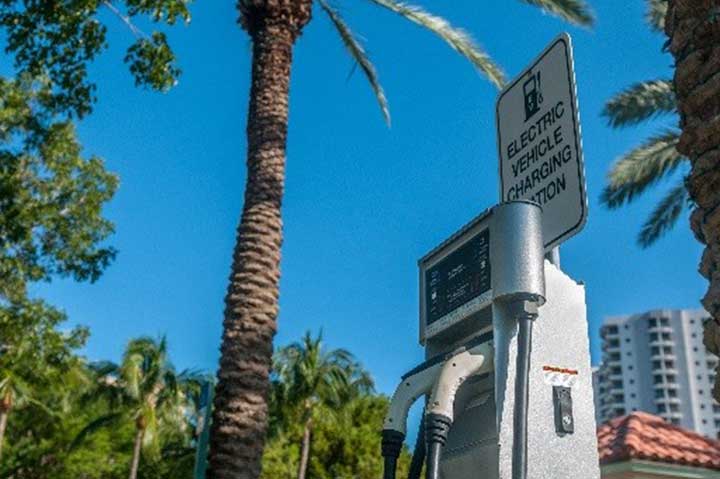
Analyses & New Online Tool Help States, Regions Quantify Charging Infrastructure Needs
Recent predictions suggest that plug-in electric vehicles could comprise up to 35% of the global auto fleet within two decades. To help states and local governments estimate charging demands, NREL launched EVI-Pro Lite, a simplified version of the Electric Vehicle Infrastructure Projections (EVI-Pro) tool developed by NREL and the California Energy Commission (CEC). NREL employed EVI-Pro along with regional travel data from the Transportation Secure Data Center in numerous infrastructure studies—including a recent California study conducted in partnership with CEC—to quantify charging needs based on various market penetration scenarios.

Advanced Vehicle Climate Control Technology Provides Energy Savings, Off-Cycle Credits
NREL collaborated with Argonne National Laboratory (ANL), Toyota, and Denso to evaluate an advanced HVAC technology. An energy savings of 0.18% per vehicle was demonstrated and as a result, Toyota plans to apply for off-cycle credits with the Environmental Protection Agency. An enhanced version of FASTSim was validated against ANL test data and simulated over real-world driving conditions. Over 200,000 trips from the Transportation Secure Data Center revealed the conditions under which this technology provided the most benefit. NREL plans to pursue ongoing off-cycle analysis research with ANL and Toyota.
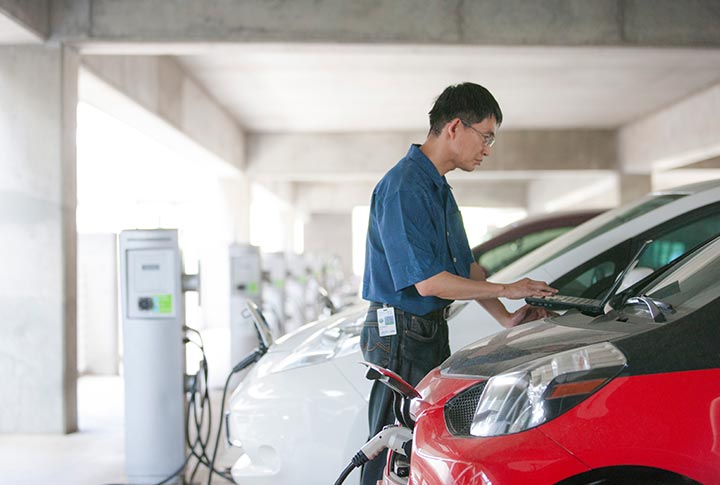
NREL Demonstrates Demand Charge Mitigation with Smart Charging at the NREL Garage
NREL implemented a new control algorithm for electric vehicle smart charging that could result in significant cost savings when applied at scale. The charge management system ensures that drivers get the charge they need by the time they leave, while reducing the power rate when load approaches peak demand value. In February 2018, the system reduced the average cost of electricity by 4.4¢/kWh by lowering the peak charging load 20 kW. Resultant cost savings lowered the bill from $618 to $286.
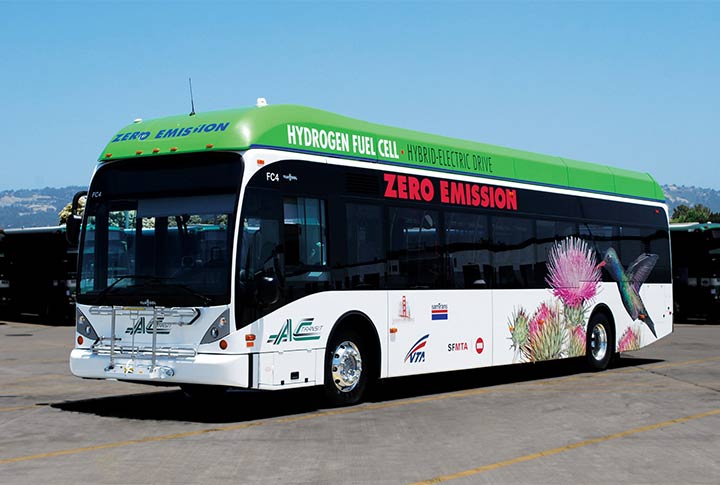
Fuel Cell Electric Bus Evaluation Reveals Success for Transit Partner
Results from an NREL evaluation of hydrogen fuel cell electric buses (FCEBs) at Alameda Contra-Costa Transit District (AC Transit) in California show that FCEBs have made significant progress toward commercialization, surpassing DOE’s ultimate technical targets for fuel cell operating hours and reliability. As of April 2018, two fuel cell systems in AC Transit's 13-bus FCEB fleet exceeded the ultimate target of 25,000 accumulated hours of operation, and all but one bus exceeded the interim target of 18,000 hours. The agency also successfully transitioned all FCEB maintenance work to transit staff, an important step toward making FCEBs competitive with conventional transit technologies.
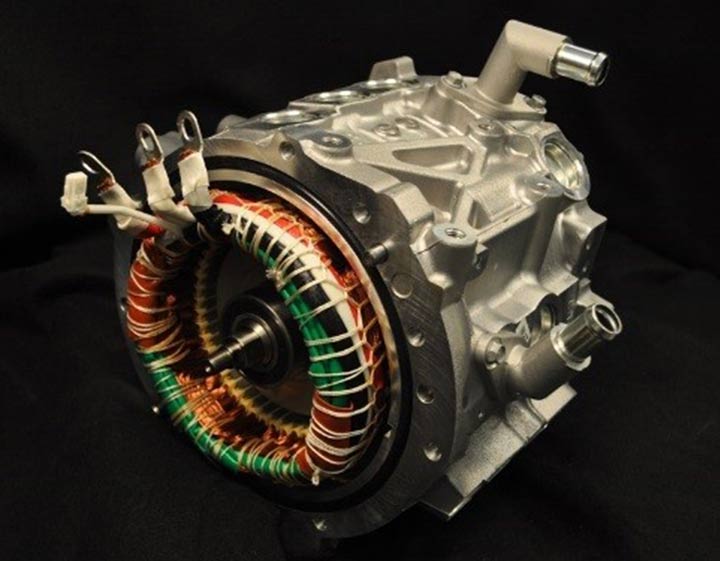
Advancements in EV Thermal Management Systems Enhance Performance, Cut Costs
Improvements to thermal management systems of high-power-density power electronics and electric motors used in electric vehicles (EVs) are necessary to reduce their costs while increasing range and efficiency. NREL’s Power Electronics and Electric Machines team is developing new component materials and configurations so EVs can offer even more benefits to consumers. Recent journal articles, “Experimental Characterization and Modeling of Thermal Contact Resistance of Electric Machine Stator-to-Cooling Jacket Interface Under Interference Fit Loading” and “Chemically Linked Metal-Matrix Nanocomposites of Boron Nitride Nanosheets and Silver as Thermal Interface Materials” describe these innovative technologies.
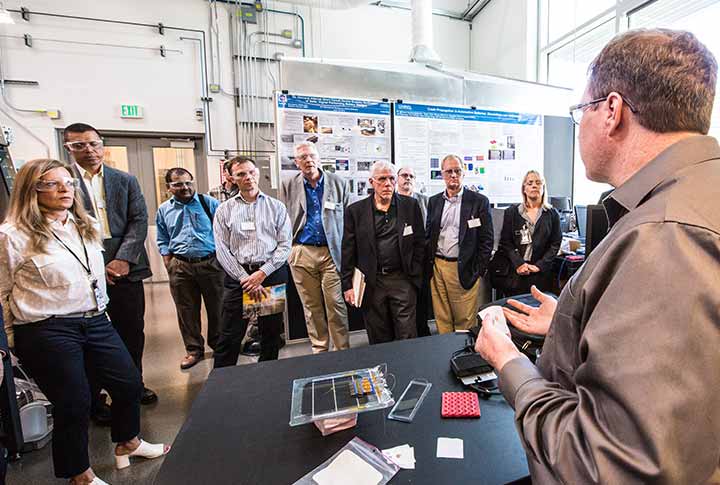
NREL Hosts USCAR Directors Meeting
NREL hosted a meeting of the directors of the United States Council for Automotive Research (USCAR) with representatives from Fiat Chrysler, Ford, and General Motors to share the latest science under development at NREL to advance mobility. Discussions focused on the future of energy storage, vehicle electrification, fuel/engine co-optimization, and integrated mobility and their impact on next-generation transportation. NREL is concentrating on connected and autonomous vehicle technologies, and integration with renewable power sources, the grid, buildings and other systems, looking into solutions that reduce transportation costs, which are second only to housing expenses.

Ride-Hailing Services’ Contribution to the Future of Mobility
As part of its sustainable mobility research, NREL is examining trends and energy use related to ride-hailing services, which have become more popular in recent years. An NREL study sheds light on the growing use and impacts of ride-hailing services to and from airports—with implications for the future of ride-hailing, parking, and car rental services in cities. Another study focuses on ride-hailing combined with mass mobility options that are networked, electrified, shared, and mobile-friendly along with their potential for improving traffic congestion, air quality, and transportation energy efficiency.
Learn more about NREL's Transportation and Mobility R&D, including Hydrogen and Fuel Cells, as well as partnership opportunities.
Share
